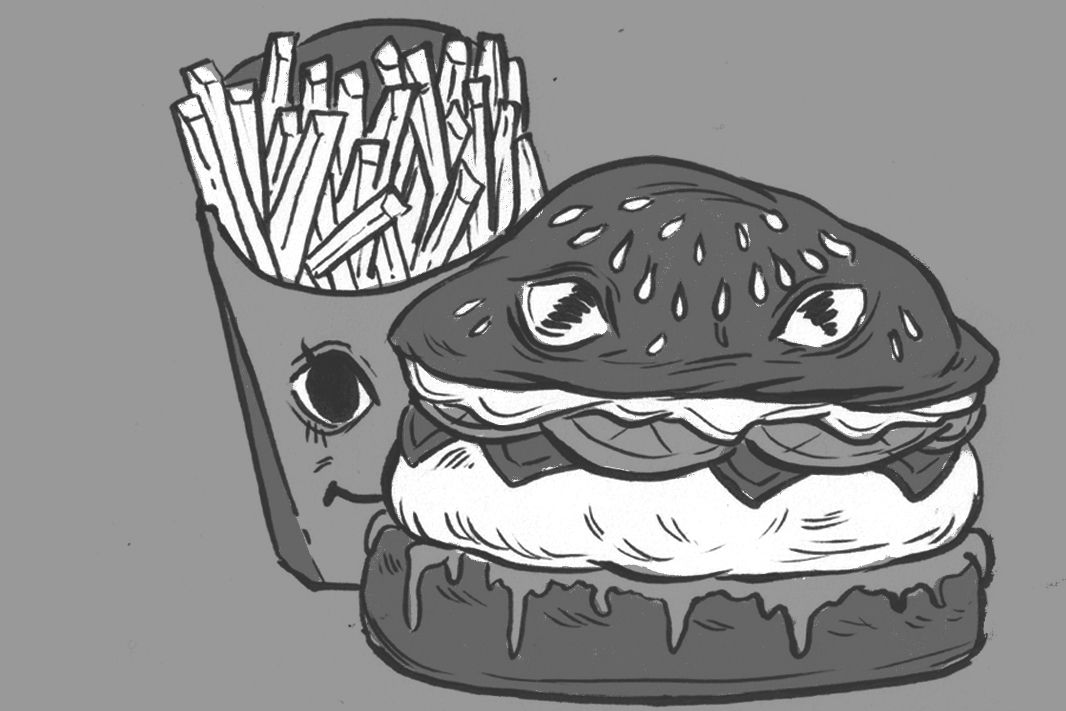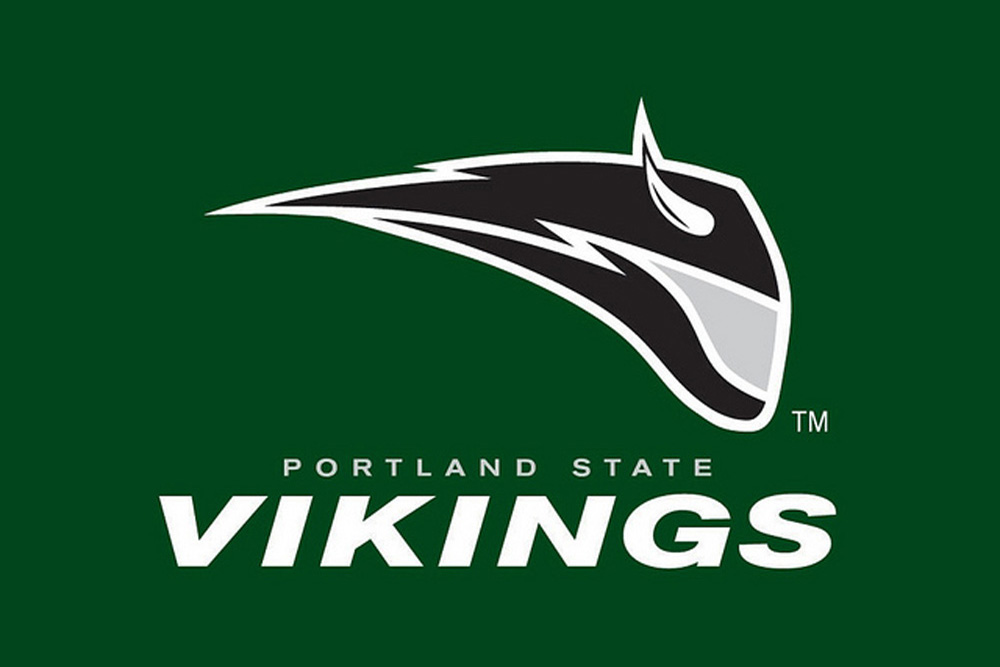Students and OUS clash
The decision by the State Board of Higher Education to eliminate the tuition plateau, which charges students taking between 12 to 18 units a flat rate, was made over a week ago, leaving ASPSU to negotiate on behalf of the students.
The tuition plateau will still be in effect for fall term, but by January students can expect to pay per credit hour.
To delay this total elimination or at least phase it in over time, ASPSU President Amara Marino and Vice President Joe Johnson have been working with the administration to try and come to a mutual agreement.
Marino and Johnson are awaiting an upcoming Aug. 13 meeting with Cathy Dyck, assistant vice president for finance and planning, and Jay Kenton, vice president for finance and administration, at which they hope to come to a reasonable agreement with the university over the tuition plateau elimination.
Originally, Marino and Johnson were unsure about fighting the proposed elimination until the Oregon Student Association took a stance against it. After that, Marino said, it was evident that ASPSU needed to do something about it.
“At a campus level, there was nothing we could do,” Marino said.
Acknowledging this, ASPSU executive staff members Johnson, Miriam Gonzales and Justin Myers testified against the proposal at the State Board of Higher Education hearings earlier this summer, but the decision to eliminate the tuition plateau still passed.
“We knew it was pretty much a done deal. There was nothing we could do but try to phase it out over two years,” Marino said.
While the university qualifies its decision based on the fact that the majority of PSU students fall below the plateau by taking less than 12 credits per term, Marino still sees the elimination as a problem.
“I don’t think eliminating the plateau is the best solution,” she said.
This would only make it harder for students to attend PSU and graduate, Marino explained. ASPSU and the university’s goal of creating better access to higher education is being diminished by charging per credit hour.
“If you don’t have the money, it’s hard to get in (to college) and finish,” she said.



